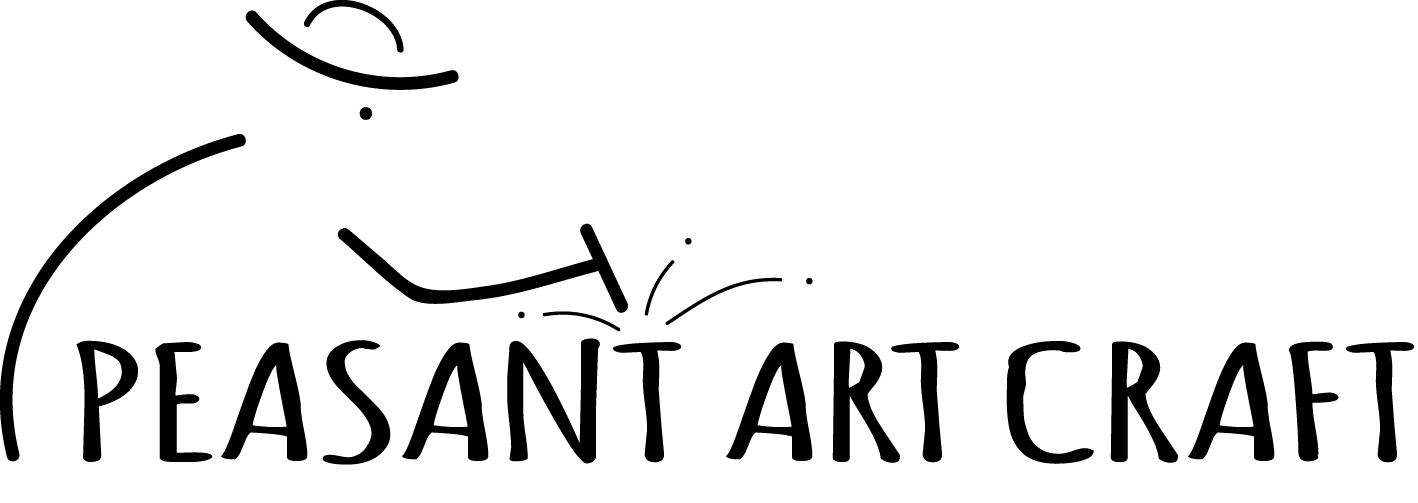
This article features affiliate links, meaning we’ll earn a small commission if you purchase through these links. Please read our Privacy Policy for more details.
Over the years, Marginea has seen the commune’s ceramic industry develop from a families-orchestrated occupation, having started over 300 years ago, to a widespread phenomenon, selling pottery throughout Romania and abroad. Today, this commune is a magnet for curious travelers, who like to immerse in the local culture mostly due to this family-run black pottery center. But out of the public eye, the craft of pottery making is preserved among many families in Marginea.

One morning, someway out of the town, a man pushes a wheelbarrow up a pleasant valley, to get to the place where he usually finds clay. Pasaniuc Dumitru is a potter, making work out of local clay. There is an abundance of clay in this area, all it takes is a little bit of manual labor, digging clay by hand, then processing it into a workable clay.

Digging clay requires knowledge that he gained during a lifetime. “The upper layer of soil is removed until you find clay. It lies in the depth. It probably is made up of sediments. I can tell the right clay,” he says while digging clay out.
Affiliate links Old Potters Low Fire Pottery Clay White
He digs up a wheelbarrow of clay on the land and brings it back to his workshop. It is mixed with water and kept inside a wooden trunk for weeks until the clay comes out workable, durable, and beautiful in color.
“I make a living from this. It is a hobby and a job,” says Mr. Dumitru. “I’ve been doing this since I was fourteen. My parents and grandparents were potters. They had the pottery studio in the kitchen. In the beginning, it was all play. I broke many pots until I learned,” he remembers.


His workshop is a normal-sized room, stocked with a medley of articles. As some of the objects were left to dry, and piled up on shelves, I am able to examine them closely. There are articles of domestic, useful, kitchen pottery mostly, dishes, plates, bowls, cups and saucers, pots, etc, everything being made out of the same material, clay.


He is glad to show any visitor his methods of work. Full of eagerness, he gives many explanations of his works, sitting at his potter’s wheel, his fingers working with such deftness and ease. The tools principally used are his own fingers and occasionally, a scraper and clay tools for design and modeling.

The material is clay got from the neighborhood. The first object he models is a milk jug, a must-have for everyone who takes milk in their coffee, or make their own sour milk at home. It seems like he is able to cajole the clay into any shape he likes. With just a single touch, he makes the lip, then adds the handle and makes a lid.
Affiliate links Pottery Clay Tools Sculpting Set Steel Tip Tools with Wooden Handles Pottery Modeling Smoothing Carving Ceramics
Then the jug being touched up here and there is considered to be finished and is then left on the shelf to dry and to obtain a certain amount of solidity.

Drying is a long and important step in the process and it requires patience. At first, the pots are left to dry somewhere far from the heating source. “After it’s been removed from the wheel, they are placed to dry away from the heating source. As it dries, and it begins to harden, it can be placed closer to the stove, or outside in the sun. But they have to dry out before being placed near a stove.”

After the lapse of a few days, the pottery is baked in the furnace, being closely packed in and bricked up with hundreds of other objects. He conducts us in an outhouse where he has built the furnace. He builds his furnace about once a fortnight, as it is expensive, having to use so much wood.

“To fire the furnace, it must be filled to capacity. First, I start a little fire, then I add long logs, two meters long, for high heat output. Burning takes fifteen hours until it reaches a temperature of 850 degrees C.”

There are lots of already baked ceramics inside. They came out with a dull whitish brittle appearance, each pot with its own unique color and shades, as it had been touched by the heat.

Similar Articles










Leave a Comment